London is calling! We sat down with Sarah, a seasoned London tour guide with 10 years of experience, to get her expert insights on making the most of your visit to the British capital. Here’s her take on making the most of your London visit.
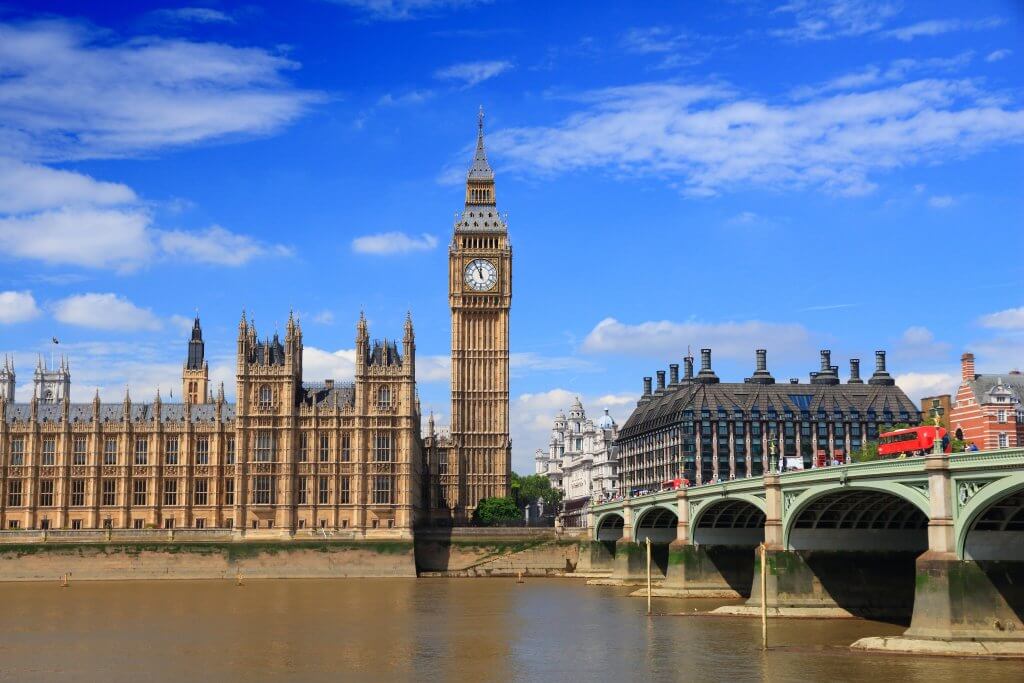
May and September tend to be rather pleasant – you’ll find fewer queues and reasonable weather. The parks are lovely then, with either spring flowers or the first autumn colours. Summer’s nice enough, though hotels do charge a premium.
Winter has its own charm with all the Christmas decorations – there’s nothing quite like walking along the South Bank on a crisp December evening, warming your hands on a cup of mulled wine. Just remember to pack a raincoat or umbrella, regardless of when you visit – we locals always keep one of those handy.
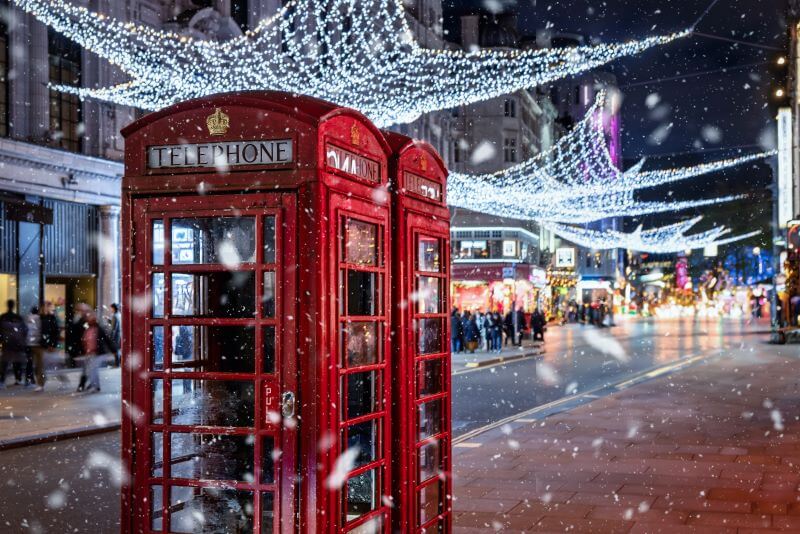
Notting Hill Carnival in August is an absolute explosion of colour and Caribbean culture. It really brings west London to life.
The Chelsea Flower Show in May is quintessentially British – proper gardening at its finest. I’d recommend the early evening tickets when the light is soft, and the crowds have thinned.
Don’t miss Winter Wonderland in Hyde Park during December, especially for families this is good fun. For culture vultures, the London Film Festival in October adds a bit of glamour to your stay.
Throughout summer, you’ll find various music events in the parks – the Proms in the Park is a particular favourite of mine.
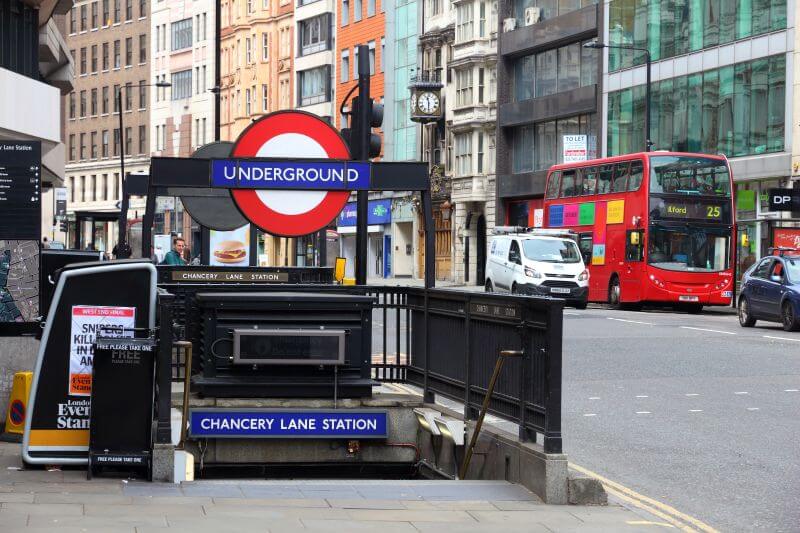
Get an Oyster card or use contactless payment – it’s cheaper than buying single tickets and it is rather handy. The Tube is efficient, but don’t underestimate buses; they’re cheaper and offer great city views. Especially the route 24 through Westminster.
Between many central stations, walking’s often quicker than you’d think. For that, consider downloading the Citymapper app, as it is quite useful for planning routes.
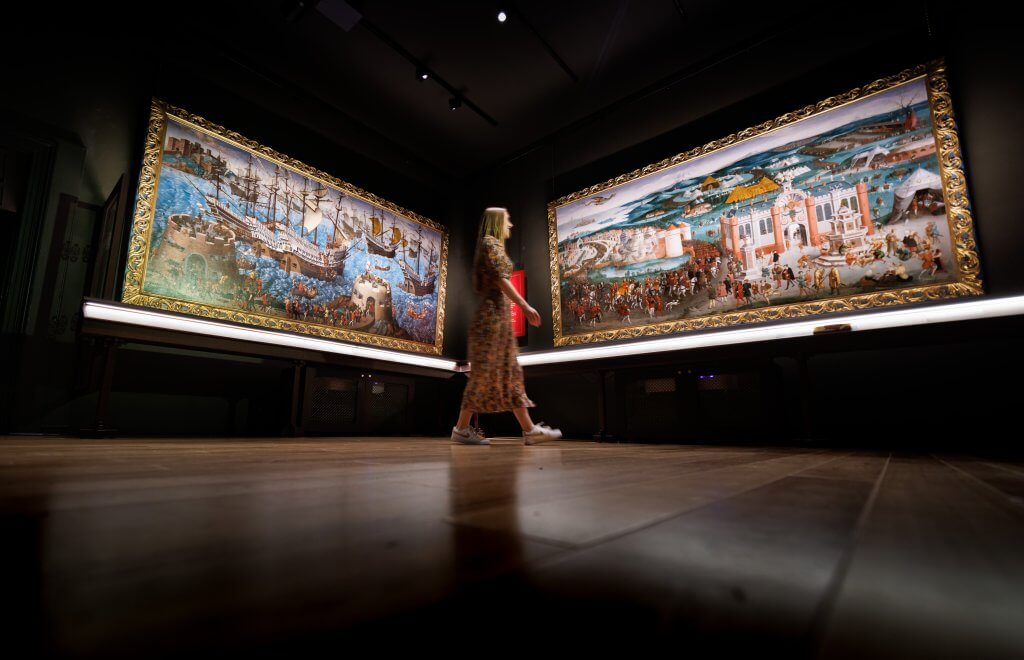
We’re quite fortunate with our free museums – the British Museum, Tate Modern, Natural History Museum, and Science Museum won’t cost you a penny and all are rather good.
For everything else, the best tip is to book ahead online. This will usually save a few pounds. If you can choose, visit attractions during off-peak hours, usually early morning or evening.
And there are options for buying several tickets in one: Consider investing in a London City Pass if you’re planning to visit multiple paid attractions.
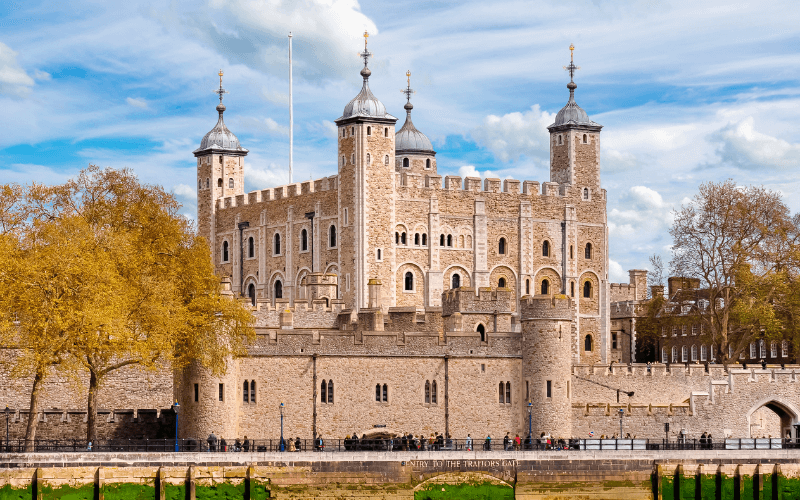
Start with the classics so you get an insight to the history of the city: The Tower of London is fascinating, Westminster Abbey, and St. Paul’s Cathedral are remarkable und well worth a visit. If you have the chance, chat with the Yeoman Warders; they tell the most remarkable stories.
Take a river cruise to see the city from the Thames to get a different perspective. Also, Tower Bridge is stunning, especially in the evening light.
The view from The Shard is quite something on a clear day – book for just before sunset and watch the city lights come on. And I have to mention it here again: do make time for at least one of our world-class museums. There are so many to choose from and there’s something for everyone.
Morning visits are typically quieter. So, if you are an early bird, that might work out for you. But most attractions have a bit of a lull during lunch hours. Westminster Abbey sees fewer visitors late afternoon.
The Tower of London is less busy first thing. St. Paul’s Cathedral is rather serene just before closing – the evensong is absolutely beautiful if you can time it right. And just in general, weekday visits generally mean shorter queues than weekends.
With a bit of planning beforehand, it should be possible to avoid the longest queues. Here’s a little secret: rainy days often mean smaller crowds, and London’s quite charming under a light drizzle.
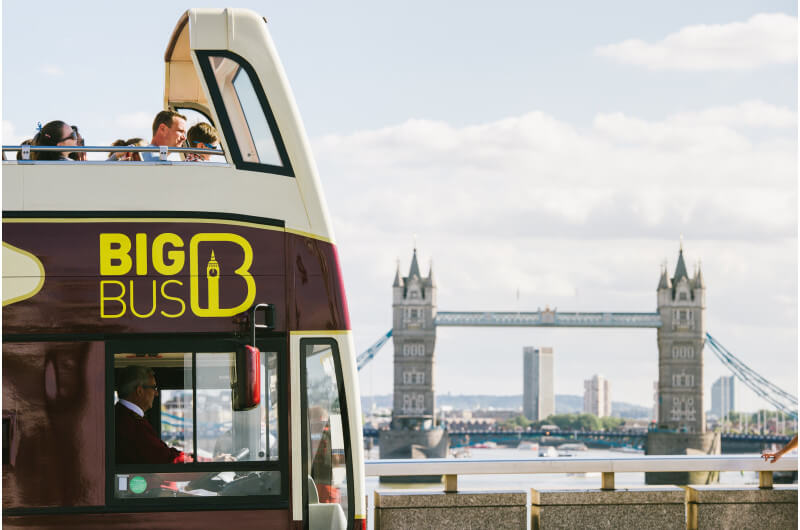
If you’re planning to see several attractions over a few days, it could save you quite a bit. The fast-track entry is rather convenient during busy periods – particularly handy at the Tower of London and Kensington Palace, so factor the convenience of avoiding queues right in.
I’d suggest planning your route to make the most of it – perhaps start with the Tower and work your way west. Alternatively, follow the route of the hop-on-hop-off bus that is included in the City Pass on one day, visit the more central sights when joining the city walking tour on another day.
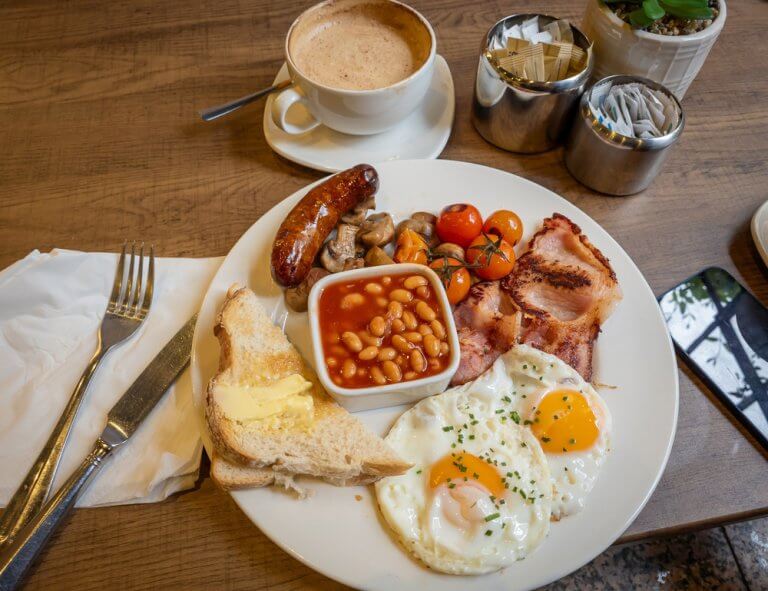
A proper Sunday roast in a local pub is quite nice. Afternoon tea can be lovely – I’m partial to the one at The Wolseley, but Browns in Mayfair is rather special too. Borough Market’s good for sampling British cheeses.
And of course, a full English breakfast is worth trying – I recommend the Regency Café near Pimlico, it’s properly old school. And if you’re feeling adventurous, perhaps a taste of Marmite – though not everyone takes to it. I’ve converted a few visitors over the years!
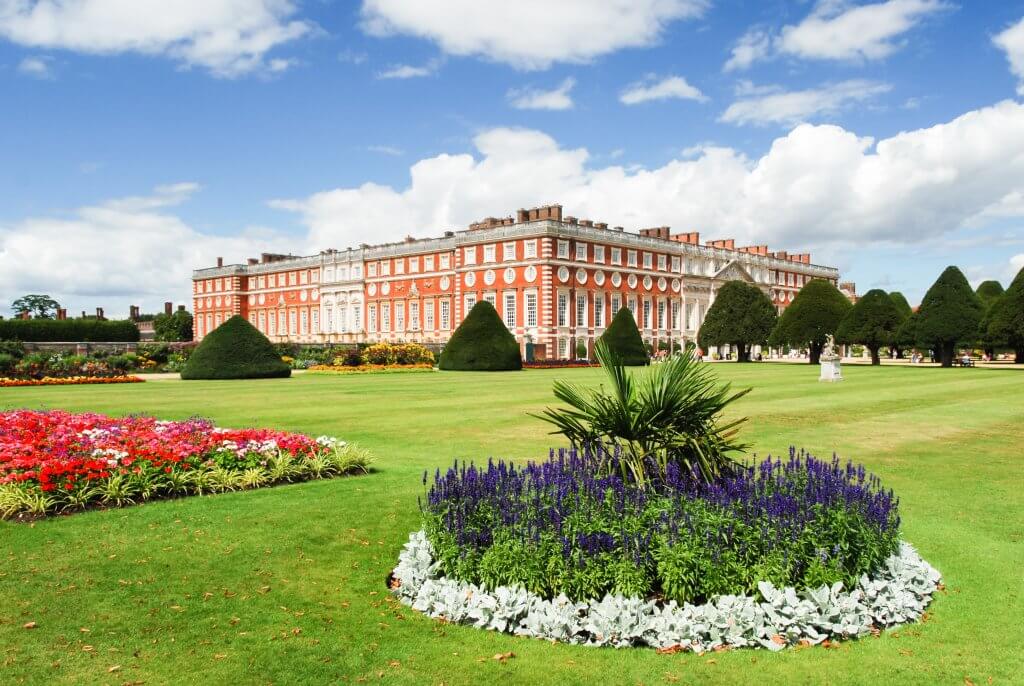
Four to five days is ideal for first-timers. This amount of time gives you a decent look at London without rushing about. If you are feeling really touristy, explore different neighbourhoods like Covent Garden, Shoreditch, and Notting Hill. If you want to get a feeling for what’s city life in London like, I usually suggest staying in one neighbourhood and really getting to know it – perhaps Marylebone or Bloomsbury, both rather central but still feeling quite local.
Stay long enough to see the main attractions and still have time for those lovely unplanned moments – stumbling upon a street market or finding a hidden garden square. Include at least one day trip – Hampton Court Palace or Windsor Castle are fantastic options.

Heathrow’s quite well-connected – I use the Heathrow Express when time is tight, but the Tube is perfectly fine and much cheaper. City Airport’s convenient but serves fewer routes; it’s my personal favourite for quick European trips.
Gatwick has decent train links – the Gatwick Express is rather reliable. Stansted and Luton are a bit further out, though sometimes offer good deals. If you’re arriving at Heathrow, do look out for the magnificent approach over central London – try for a seat on the right side of the plane for the best views.
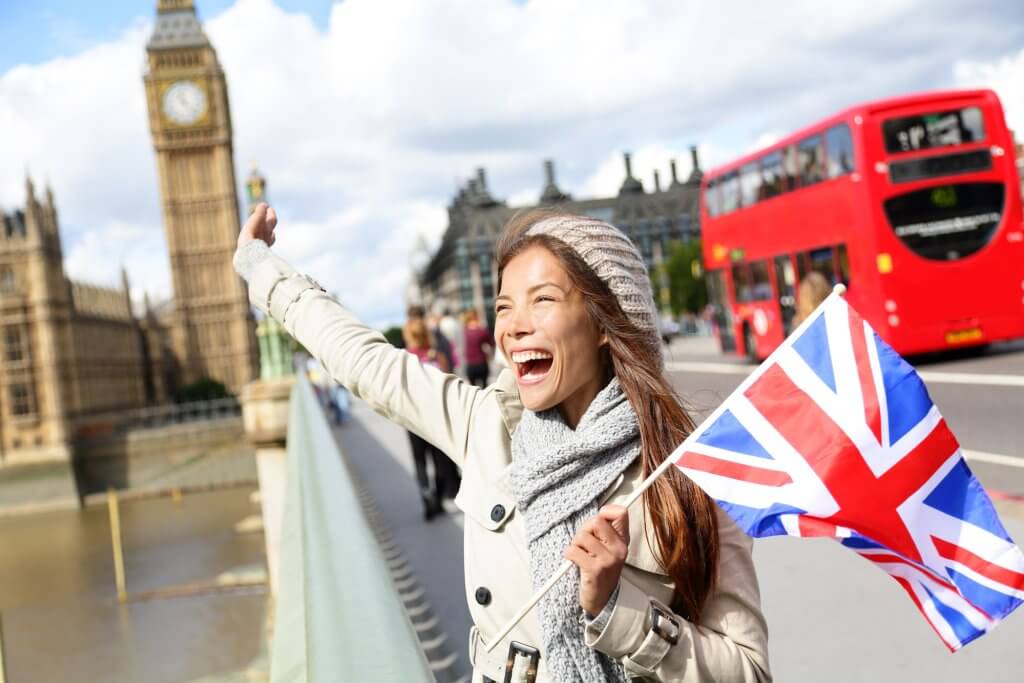
You know, there’s something rather special about London’s ‘golden hour’ – that time just before sunset when the light turns warm and soft. I love taking evening walks along the back streets of Bloomsbury, where you might hear piano practice drifting from the Royal Academy of Music, or catching the morning sun in Postman’s Park, a tiny green space with an extraordinary memorial to everyday heroes.
The Whitecross Street food market is a proper local gem – much less touristy than Borough, but just as good. Oh, and do try to catch a play at the National Theatre – they do £10 rush tickets if you don’t mind queuing in the morning.
The riverside walkway between London Bridge and Tower Bridge at low tide reveals a small beach where you can actually walk along the Thames – though mind the mud! These little moments, away from the grand attractions, are what make London truly special.
We extend our warmest thanks to Sarah for sharing her wealth of knowledge and personal insights about London. Her enthusiasm for the city is rather infectious, isn’t it? As you plan your own London adventure, remember that every corner of this magnificent city holds a story waiting to be discovered.
And speaking of discoveries – if you’ve enjoyed this insider’s view of London, you might be interested in our next destination guide. Join us as we explore the ancient streets and modern pulse of Athens, where classical history meets contemporary Greek life. Our local expert there has some rather fascinating insights to share about the Acropolis, hidden tavernas, and the best time to visit the islands. Watch this space!